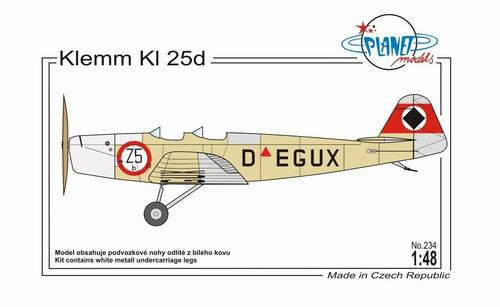Description
Before the outbreak of the Second World War, Phillips & Powis Aircraft Ltd. was associated with several general aviation and training aircraft designs. The chief designer, technical director and later also managing director and co-owner of the firm was Frederick George Miles and thus the company designs were produced under his name. In 1943, the firm was renamed to Miles Aircraft Ltd. In the pre-war years and also during the war, several famous training aircraft were produced by the company for the RAF, including such types as the Magister, Master and Martinet. Frederick G. Miles, however, aimed far higher than that and tried to penetrate to large companies´realm and to succeed with military combat aircraft designs as well. The aircraft proposed by Miles were of rather unorthodox design.
In 1941 Miles tasked Ray Bournon with designing a small and light tandem-winged research aircraft, fitted with a pusher propeller and engine in the rear fuselage and the pilot´s cockpit in the front of the fuselage. This plane was to serve as a mock-up for a future proposed carrier-based fighter that should offer excellent forward view for the pilot, needed mainly during the critical phases of the take off, final approach and landing on the carrier. Another advantage of such concept would be that the wing-folding was not needed, saving the weight, increasing the plane´s performance and making its ship-board handling easier. On 1 May 1942, the research aircraft, known as the Miles M.35 or also the Libellula reportedly took off for the first time with the chief-designer himself at the controls (as the Miles´chief test pilot was reluctant to undertake the trials with the craft), but the flight was not a success at all, the plane showed no inclination to leave the ground and escaped a crash by a hair´s breadth. The reason was found in an incorrectly positioned centre of gravity. After this issue was mended, the aircraft proved to fly rather reasonably. Miles immedately approached the Ministry of Aircraft Production and the Admiralty with his concept of a new naval fighter plane, but it was rejected and the firm castigated because the Libellula had been designed and built in secret, without official authority. Miles also proposed a twin-engined, high speed, high altitude bomber aircraft with the same wing layout that should meet the requirements of Specification B11/41. To evaluate the flying characteristics of this bomber and prove the concept, a scaled version, the M.39 was built, known because of its tandem wings also as the Libellula.
This all-resin kit of the unique Libellula research aircraft contains also white-metal undercarriage legs, a sheet of decals and vacuum-formed clear canopy hoods.
Nationality: British
Producer: CMK













